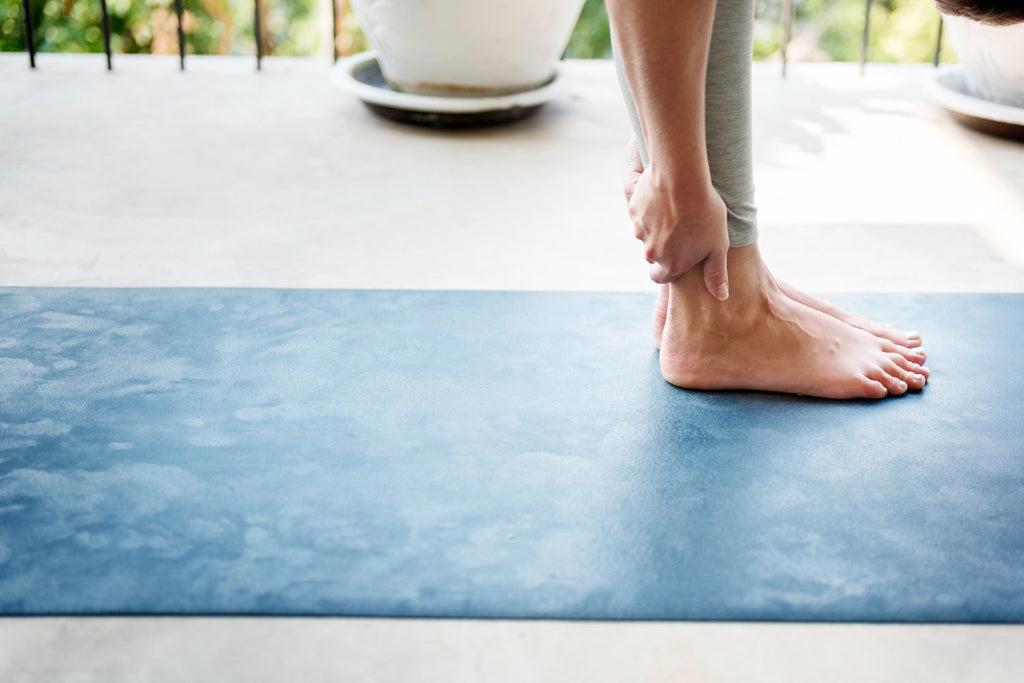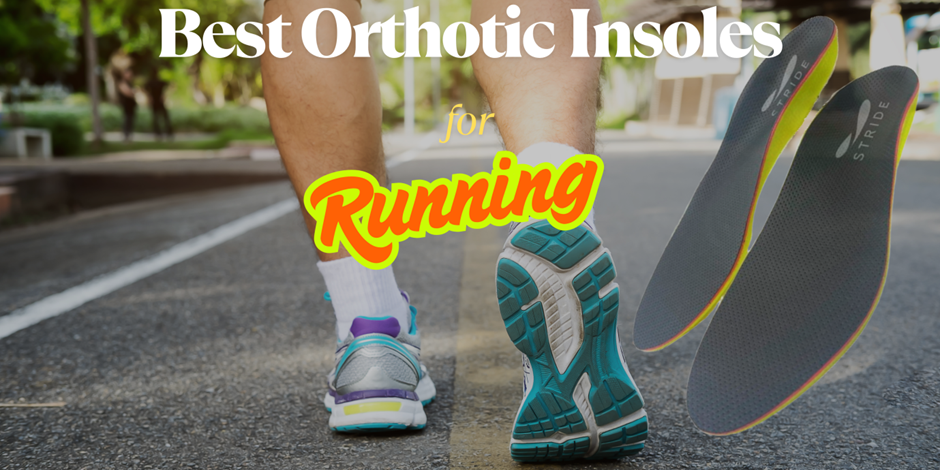Why do Arch Supports Hurt My Flat Feet?
Arch support can hurt your feet if the support comes with the wrong arch height, is the wrong size or fit, is made from a rigid or inflexible material, or you are taking on too much too soon. It can also hurt if you have weakened foot muscles or you have other pre-existing foot conditions.
Because arch support for flat feet is designed to offer precise support, it must be the right design and fit. When the necessary parameters are not met, the arch support, meant to provide comfort and relief, may become a source of pain and discomfort.
Key Takeaways
Your arch support may hurt your flat feet if:
-
The arch height is too high for your feet
-
The support is not the right size and so does not fit properly
-
It is made of a rigid and inflexible material, especially if it is your first time using arch support
-
You do not gradually break-in the device. Your feet needs time to adjust to the new structure
-
You have weakened foot muscles that need to be strengthened so they can perform their functions fully
-
There are pre-existing foot conditions that are directly impacted when you use the arch support
What is Arch Support?
Arch support devices, like orthotic insoles, are tools designed to support an existing arch or play the role of one when the natural one is fallen, underdeveloped, or absent. For folks with flat feet, these support devices will improve alignment, help distribute the body's weight evenly, and reduce strain on the structures of the foot.
How Arch Support Works
The ideal arch support will provide the following:
-
Improved Foot Alignment – By providing the right supportive base, it will help the foot operate from a neutral, natural position. This will reduce overpronation (inward rolling) or supination (outward rolling), resulting in better balance and stability.
-
Even Weight Distribution – With the right amount of arch support provided, the foot's ability to absorb shock is optimized, reducing the tendency of any part of the foot bearing more weight than the other.
-
Reduction of Fatigue and Pain – With proper alignment, shock absorption, and even weight distribution achieved, excessive strain on the muscles, ligaments, and tendons will be reduced, leading to reduced cases of foot pain and fatigue.
-
Support for Specific Foot Conditions – Some support devices can be designed to provide support for specific foot conditions resulting from flat feet. Examples of such conditions include plantar fasciitis, general arch strain, PTTD (posterior tibial tendon dysfunction), and overpronation.
-
Improved Performance and Comfort – By ensuring that the foot mechanics functions as it should, an arch support can improve comfort and performance. This is what allows top athletes like Usen Bolt, who has flat feet, to still perform at top levels.
Why Will Arch Support Hurt My Flat Feet?
Arch support may hurt your flat feet for the following reasons:
-
It comes with the wrong arch height
-
The size or fit is wrong
-
The material is rigid or inflexible
-
You are taking on too much too soon
-
You have weakened foot muscles
-
There are pre-existing foot conditions
-
Poor choice of footwear
Wrong Arch Height
For an arch support to be effective, it has to be perfect for the foot. If the arch height is too high for the foot, excessive pressure will be created under the midfoot, and this will lead to pain.
Taking on Too Much Too Soon
If you've had flat feet for a long while, then the muscles, ligaments, and tendons will be accustomed to their position. Trying to suddenly correct this position can put pressure on the foot. This pressure can be worsened if you're using an arch support that is firm and high.
Material is Rigid or Inflexible
Even with arch support, the foot still needs some room for its natural movement. When certain rigid and inflexible materials are used for the device, it restricts this natural movement, and this can result in pressure on the arch. The rigid structure can also hamper the foot's ability to efficiently absorb shock and distribute the pressure evenly across the foot.
Wrong Size of Fit
Just as with the arch height, the size and fit have to be perfect for the foot. If this is not the case, the position of the arch support may not match the foot. This can often lead to pressure being exerted on areas like the ball of the foot or the navicular bone, leading to discomfort.
You Have Weakened Foot Muscles
With the absence of an active arch in cases of flat foot, the muscles are often weakened. The introduction of arch support tries to engage the muscles, making them active. This will often result in some soreness and fatigue. This should, however, be temporary as the muscles adjust to the new demands on them.
Existing Foot Conditions
If you have pre-existing foot conditions like plantar fasciitis, bunions, posterior tibial tendon dysfunction, to name a few, you may experience pain and discomfort when you begin to use arch support. The pain you feel may not be from the support itself, but its effect on the pre-existing foot conditions.
Poor Choice of Footwear
Most arch support devices are meant to be inserted into your footwear. Regardless of how perfect your arch support device is, if you pair it with footwear that lacks heel support, is too tight, or too loose, the device will not fit snugly and will therefore not function optimally. This can then lead to pain and discomfort.
How to Avoid Having Arch Supports Hurting Your Flat Feet
To ensure that your arch support does not hurt your flat feet, you will need to note the following:
-
Choose a Support with the Right Arch Height – In most cases, low to medium arch height delivers the best results. However, to ensure a perfect fit, going for custom arch support will be your best bet.
-
Gradually Break-in the Device – The foot muscles, tendons and ligaments need time to adjust to the new support. It is, therefore, important that you gradually break the arch support in. As a rule of thumb, start by wearing it for no more than 2 hours on the first day. You can then gradually increase how long you wear it by an hour or two each day until you can wear it for a whole day without discomfort.
-
For First-Time Use, Go for Softer Materials – If you are using arch supports for the first time, going with rigid and inflexible materials will likely be too harsh on your feet. Start with supports made from EVA foam, gel, or memory foam. These materials will enhance your foot’s ability to adjust easily.
-
Strengthen Weak Supporting Muscles – Weak supporting foot muscles lead to pain and discomfort with arch support devices. You can, however, prevent this by strengthening the muscles using simple exercises like towel scrunches, calf raises, and arch lifts.
-
Identify and Treat Pre-existing Foot Conditions – Identifying and taking care of any pre-existing foot conditions is crucial before you begin to use arch support devices. While there are orthotic insoles that can help with foot conditions like plantar fasciitis, bunions, heel spurs, and others, you have to identify these conditions to be able to treat or manage them.
-
Use the Right Footwear – Ensure that you only wear footwear that are a good fit (not tight-fitting), offer good support, and stability. This will complement the work of the arch support device.
Bonus Tips and Final Thoughts
There are different types of arch support devices that you will find out there. These include over-the-counter inserts, custom inserts, and built-in shoe arch support. Given all that we’ve discussed above, custom-made arch support, like the type offered by Stride Soles, offers the best chance of having an efficient and pain-free experience.
Whichever type of arch support you choose, always listen to your feet. If it continues to hurt even after you’ve followed the tips shared above, then you should talk to your podiatrist.




